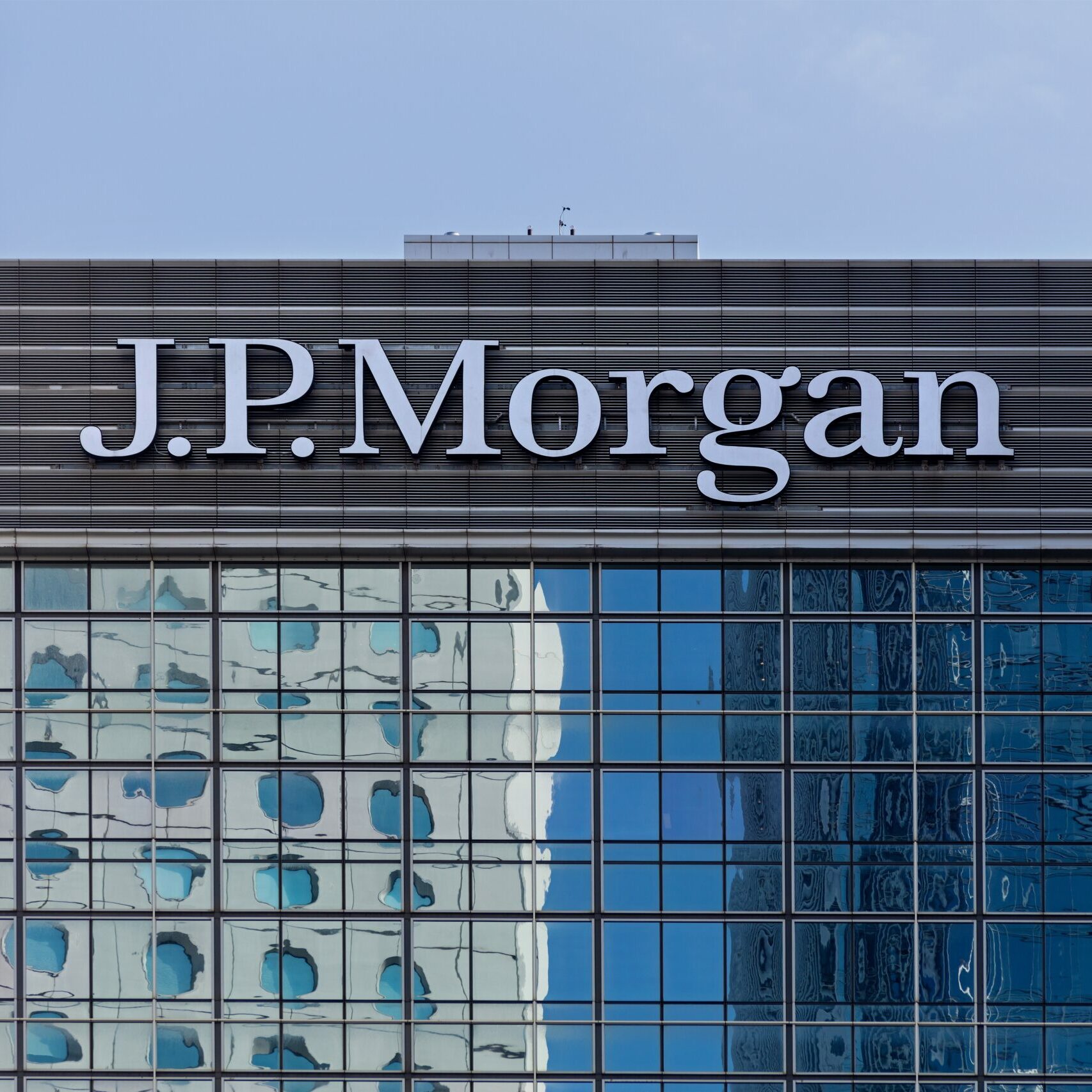May proved to be a tricky month for CTAs. According to Lyxor index figures, long term and short term CTAs were the only two strategies to post negative returns, down -0.95 per cent and -3.71 per cent respectively. Although they are still in positive territory, CTAs have not quite been able to kick on from the strong gains they made towards the end of 2014.
According to Lyxor, the majority of the drawdown suffered in May occurred during the first week due in large part to long USD positions, long US and EU bond positions, and shorts on commodities. What followed was a period of aggregate risk reduction by upwards of 50 per cent as CTAs took on a more relative value approach; in bonds this was expressed by being short Euro bonds and long US bonds; in FX long positions were built in GBP and AUD, against shorts in JPY and EUR, whilst in commodities the stance became one of long metals and softs, short precious metals, with a neutral stance on energy.
No doubt this helped to stem the losses incurred early that month but unfortunately June has proven to be even more of a headache. The Lyxor CTA Broad Index is down -3.9 per cent mid-way through the month, pushing CTAs into negative territory (-2.6 per cent) on a year-to-date basis.
The short Euro position has worked against CTAs in June as the currency has seemingly rebounded in response to a tightening spread between 10-year yields in Germany and the US. This trend reversion was not something that CTAs saw coming.
The speed at which this happened has been surprising.
Some have suggested that it could be a sign of tight liquidity conditions but as Lyxor points out in its latest weekly brief, hedge funds have been trading significant volumes of European bond futures without facing liquidity constraints.
More likely it is a sign that bond futures are being sold in anticipation of improving economic sentiment in the Eurozone, as opposed to higher inflation expectations, despite the uneasiness that remains with Greece. Since the start of June, German bund yields have climbed from 0.53 per cent reaching a YTD high of 0.99 per cent on 10th June. Yields have since fallen back to 0.815 per cent but they show that some degree of volatility is returning to European bond markets.
Clearly, the market believes that Bund yields should be closer to 1 per cent than 0 per cent.
Ten-year US Treasuries are yielding 2.38 per cent, continuing a steady march upwards from 1.64 per cent at the end of January.
This has conspired to tighten the spread between 10-year Bunds and 10-year Treasuries to approximately 1.565 per cent, a good way down from just below 2 percentage points in March.
The rise in Bund yields has also caught long-term CTAs off guard this month.
Their net exposure remained just below 50 per cent through May. This hurt them as yields moved north, leading to losses of -4.4 per cent according to Lyxor’s figures. Short term CTAs have done well by riding the German 10-year Bund trend downwards since May 2014. They were able to move short on European and US rates, allowing them to profit from the yield increase. Whilst this helped limit the downside it wasn’t able to prevent them from incurring losses of -1.9 per cent mid-way through June.
Of course, bond market volatility is bad news from equity markets. Global equity markets have long been the benefactors of quantitative easing and record low interest rates, allowing companies to borrow money at next to nothing. Once the inevitable rate hike occurs in the US, equity markets are going to get hit hard. It’s a question of when not if.
Already we’ve seen volatility come into play; the S&P 500 hit a record of 2,130 on 21st May but a combination of macro factors – the Greece impasse, uncertainty over the strength of the US economic recovery – saw the index drop to 2,079 on 8th June. A sell-off in European and Asian equities also negatively impacted CTA performance.
Not that this has been felt by CTAs alone.
Global macro managers have also been hit by exposure to European equities in their portfolios. The German DAX Index has fallen in excess of 10 per cent since it hit a high of 12,374 on 10th April, and since the end of May the STOXX Europe 600 has dropped from 408.88 to 383.74.
Although global macro is still up 1.8 per cent YTD, it is down -2.6 per cent mid-way through June. Aside from stock market volatility, global macro managers have also been hit by the appreciation of the Euro against the US dollar, with longer-term European rates increasing faster than US rates. This has given the Euro some momentum, although as Lyxor’s research briefing points out, taking a short position on AUD has helped to mitigate some of the FX losses.
Not that the Euro is likely to find any long-term momentum against the USD. Indeed, as the latest Bank of America Merrill Lynch Fund Manager Survey for June points out, 72 per cent of managers predict that the Euro will weaken against the USD over the coming year. What does appear evident is that managers are taking a risk-off stance in response to a possible Grexit and rising rates.
Managers are now holding 4.9 per cent cash, up from 4.5 per cent in May, whilst the proportion of those remaining bullish on equities has fallen from 47 per cent to 38 per cent.
Volatility is a tremendously difficult animal to tame. CTAs, global macro, equity long/short strategies can all suffer at certain times if they fail to get the timing right. Reading between the lines, the fact that CTAs entered into more relative value trades, and managers have started to increase their cash holdings shows that there is a certain degree of defensive posturing taking place.
This is a big second half of the year for hedge funds, as a whole. Those who can make the smart trades, and ride the volatility wave which is coming – either by making the right bets or simply applying effective hedging techniques – will enhance their reputations.
Let’s hope the industry as a whole can do so too.
After all, investors want to see managers earn their stripes.








